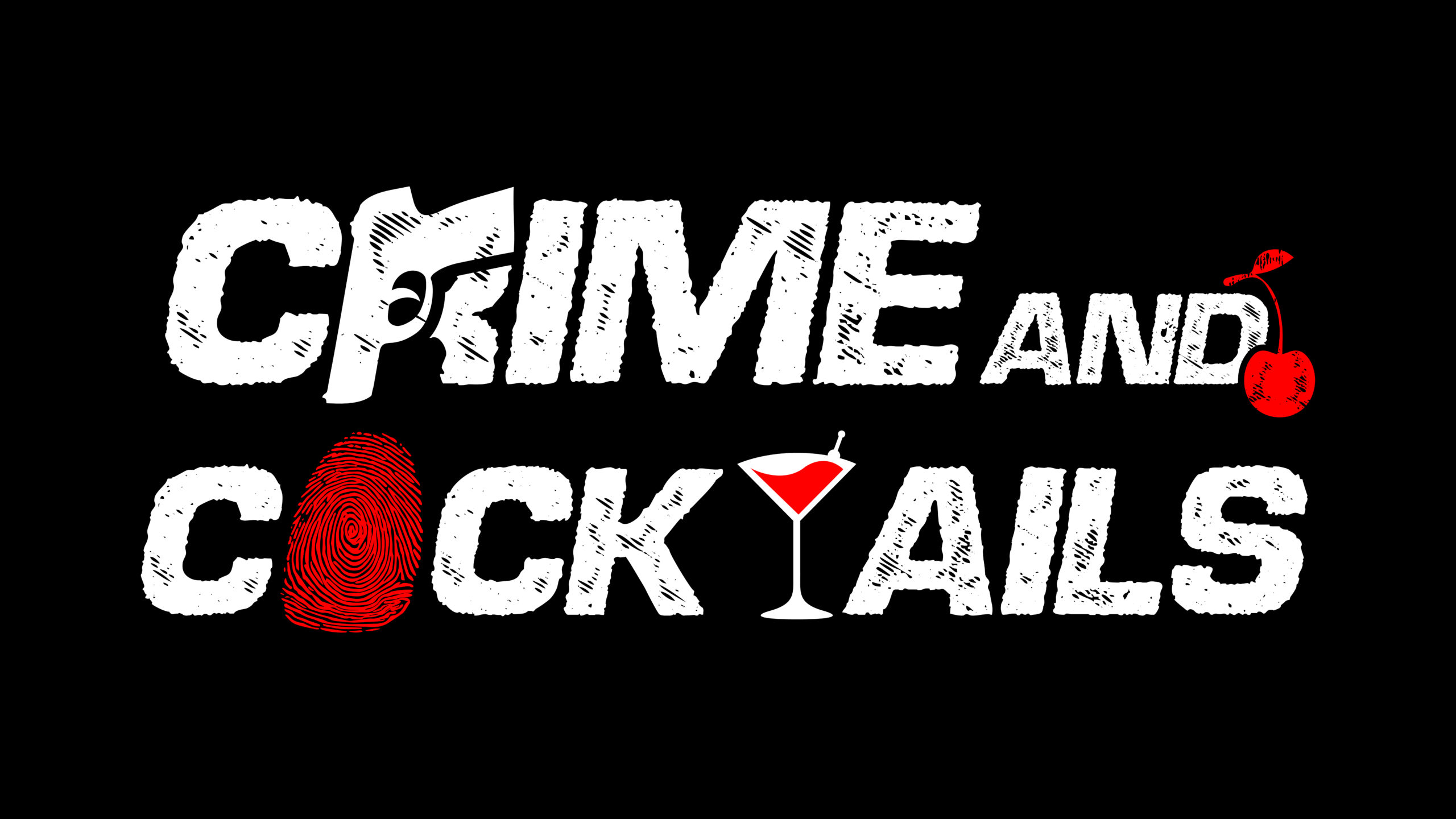This Day in Mafia History
Hey, listen up, pal! It’s friggin’ mind-blowing, y’know? Practically every freakin’ day of the year is tied to some important “Family” shenanigan. I mean, c’mon, you got your typical hits, your busts, those unfortunate suckers who didn’t fare too well in court, or maybe they just mysteriously vanished into thin air (Hey, Tony, where the hell are ya?). But hey, it ain’t all doom and gloom, capisce? We got some of The Boys tyin’ the knot, and others gettin’ sprung from the joint. And let me tell ya, we got these huge-ass meetups goin’ on right here too. Ya know, life’s a rollercoaster in this business.
So check it out. We got this fancy calendar thingy, right? It’s got all these tiny icons, so even you can understand what the hell’s goin’ down. And it’s packin’ all the juicy details about what went down on those dates. Keep your eyes peeled, and don’t ask too many damn questions. Got it? Good.
DEcember

Let me tell ya somethin' about Thomas Lucchese, better known on the streets as "Three Fingers Brown." Born back in the old country, Italy, on December 1, 1899, this guy came into the world already destined for greatness—or infamy, dependin' on how you see it. He didn't just survive the game; he owned it, buildin' an empire that'd make Caesar jealous. Three Fingers wasn’t just a name; it was a legend, and this boss made sure everyone in New York knew it.


December 1, 1933—Waxey Gordon’s luck finally runs out when the jury slaps him with a 10-year stretch and an $80K fine. Bound for Atlanta, Waxey hands over his rackets to Boo Boo Hoff and Nig Rosen, callin’ it curtains on Gotham’s infamous “War of the Jews.” One kingpin down, but the streets? They never stay quiet for long.

December 5, 1933—mark it down, ‘cause that’s the day the party started again. Prohibition, that dry spell that had the whole country sneakin’ around for a drink, finally kicked the bucket. The booze came flowin’ back, and every speakeasy turned into a proper joint overnight. It wasn’t just the end of the law—it was the start of the good times.

December 7, 1941—the day the world changed. The Japanese hit Pearl Harbor, catchin’ everyone off guard and leavin’ the Pacific fleet in shambles. It wasn’t just an attack; it was a declaration, pullin’ Uncle Sam into the biggest war the world had ever seen. After that, America wasn’t sittin’ on the sidelines no more.

December 8, 1940—Waxey Gordon walks free on parole, dodgin’ his $2.5 million tax debt by swearin’ a pauper’s oath. To the reporters, he plays it cool, sayin’, “Waxey Gordon is dead. From now on, it’s Irving Wexler, salesman.” What he didn’t mention? Just what kind of goods ol’ Irving planned on pushin’. Smart money says it wasn’t vacuum cleaners.

December 10, 1942—Jacob "Gurrah" Shapiro finishes his federal stretch, but freedom? Fuggedaboutit. The minute he steps outta the gates, the cuffs are back on. A week later, he’s arraigned on charges of extortion and conspiracy in the garment racket. By December 27, he’s pleading guilty and lookin’ at another 7 ½ to 15 years. Some guys just can’t catch a break—or maybe they don’t want to.

December 12, 1941—the U.S. Navy makes its move, seizin’ the Normandie, a swanky French ocean liner parked right on the Manhattan docks. Once a jewel of luxury, she was now Uncle Sam’s prize, ready to trade her cocktails and caviar for wartime duty. The Big Apple had never seen a takeover quite like it.

December 15, 1985—Ain’t no ordinary day, capiche? Big Paul Castellano, the boss of bosses, and his muscle, Thomas Bilotti, got whacked outside Spark's Steakhouse in Manhattan. Word on the street? The hit was ordered by none other than John Gotti, the Teflon Don himself, making his play to take the throne. Bang, bang—just like that, the game changed forever.

December 18, 1891—Leeds, England, gets itself a real piece of work when Owen Vincent Madden, better known as Owney Madden or “The Killer,” comes into the world. This guy didn’t just play the game; he rewrote the rules, bringin’ a touch of English grit to the New York streets. From Leeds to the Big Apple, Owney built a reputation that left folks whisperin’ his name, and if you crossed him? Well, let’s just say you didn’t live to tell the tale.

December 22, 1946—the big shots of the National Crime Syndicate gather in Havana for a sit-down like no other. Luciano and Vito Genovese’s beef takes center stage, but Lucky comes out on top, crowned Capo di Tutti Capi. And then there’s Benny Siegel—his Flamingo casino in Vegas is bleedin’ money, and let’s just say the bosses ain’t thrilled. Deals are made, futures decided, and the underworld keeps on spinnin’, smoother than a Cuban cigar.

December 22, 1943—Paul Ricca, Louis Campagna, John Roselli, and four other heavy hitters in the Outfit find themselves in hot water, convicted on extortion charges. The price? A cool $10K fine each and 7 to 10 years behind bars. But these guys didn’t sweat it. Three years in, some shady backroom deals between the Outfit and the U.S. Justice Department—Truman-era politics at its finest—had 'em walkin’ free like nothin’ ever happened. Justice? Nah, this was business as usual.


